As the proverbial backbone, the Spine the body shape and stability. Their specific shape enables people to walk upright.
What is the spine?
The definition of Spine as the axial skeleton of the human body shows that it serves as a central connecting and supporting element between the skull, ribs, pelvis and extremities.
It is a construction of 24 vertebrae and 23 cartilage connections (synchondroses), which is additionally stabilized by ligaments and muscles.
Anatomy & structure

The Spine shows a complex anatomical structure. A vertebra consists of a vertebral body (corpus vertebrae), vertebral arch (arcus vertebrae) and vertebral arch processes (processus arcus vertebrae).
The vertebral bodies transfer the load of the upper body to the pelvis, which is why their size increases steadily from top to bottom. The vertebral arch is a bony clasp on the back of the vertebra that encloses the vertebral hole in a horseshoe shape. The vertebral holes of all vertebrae together form the vertebral canal, which contains the spinal cord.
There are seven processes on each of the vertebral arches. The spinous processes (spinous processes), which protrude backwards, are visible and palpable from the outside. Two transverse processes (processus transversi) point to the right and left. Ligaments and muscles are attached to the spinous and transverse processes. Two upper and two lower articular processes (processus articulares superiores et inferiores) serve as connecting surfaces between the individual vertebrae.
The spine is divided into five sections: Seven cervical vertebrae form the cervical spine, the thoracic spine consists of twelve thoracic vertebrae and the lumbar spine consists of five lumbar vertebrae. The sacrum, whose five sacral vertebrae are fused with one another, joins it at the bottom.
The coccyx underneath consists of four to five rudimentary tail vertebrae. Between the vertebrae are the intervertebral discs (Disci intervertebrales), which have an outer ring made of fiber cartilage and a gelatinous core. Their structure makes them physiological shock absorbers.
The double s-shaped curvature of the spine is the main factor in cushioning the bumps when walking and thus protecting the brain. The cervical and lumbar spine are convexly curved forwards (lordosis), while the thoracic spine is curved backwards (kyphosis).
Functions & tasks
Function and tasks of Spine are diverse and of central importance. It represents a compromise between stability and mobility.
Functionally, the spine can be divided into so-called movement segments. This means two neighboring vertebrae with intervertebral discs, vertebral arch joints and all connecting ligament and muscle structures.
Movements around three axes are possible, namely bending (flexion) forwards or stretching (extension) backwards, inclination to the side (lateral flexion) and rotation around the vertical axis.
The degree of mobility varies in the individual sections of the spine. The cervical spine is most flexible in all three axes. Despite the high number of vertebrae, the thoracic spine is the most immobile part because it is firmly integrated into the thorax. In the lumbar spine, rotation is particularly limited.
Diseases
Up to the age of fifty, over 70% of the population experience persistent or episodic illnesses and complaints Spinecaused by incorrect or excessive exposure as well as degenerative or inflammatory processes.
A common cause of back pain is scoliosis, i. H. a lateral curvature of the spine. A curvature of up to ten degrees is physiological; in addition, it can lead to complaints up to chest deformities with impairment of the heart and lung function.
Another well-known symptom is the herniated disc or disc prolapse. Here, parts of the intervertebral disc are pressed into the spinal canal by incorrect loading and painfully narrow the spinal nerve running there. In addition, it can lead to sensitive and motor failures. As a reaction, the back muscles on the opposite side often cramp and the patient experiences “lumbago” (lumbago).
With increasing age, osteoporosis is common, especially in women. This is a pathological bone loss due to demineralization, which reduces the load-bearing capacity of the spine. This or particularly severe trauma can lead to vertebral fractures, which in the worst case can damage the spinal cord and lead to paraplegia. Last but not least, calcifications such as B. in rheumatic-inflammatory ankylosing spondylitis, immobilize the spine.
You can find your medication here
➔ Medicines for back painTypical & common diseases
- Spinal curvature
- Spinal injury (spinal trauma)
- Vertebral body fracture (vertebral body fracture)
- Vertebral joint arthrosis

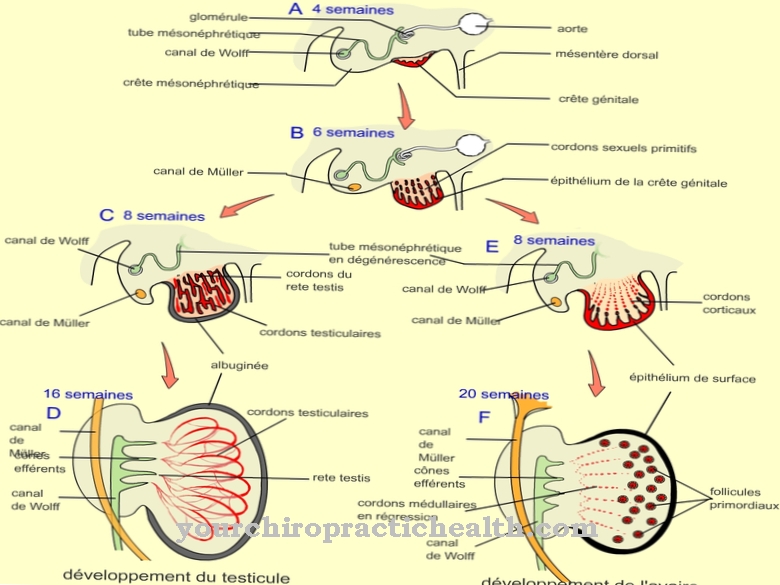
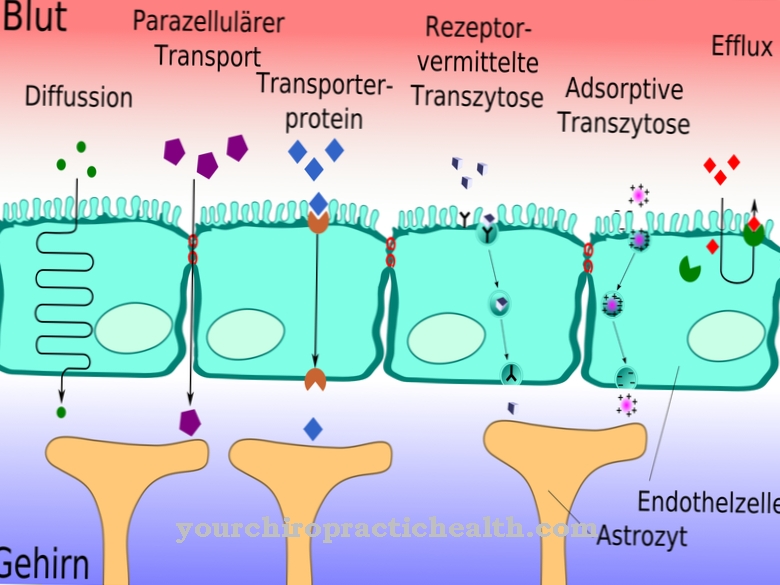

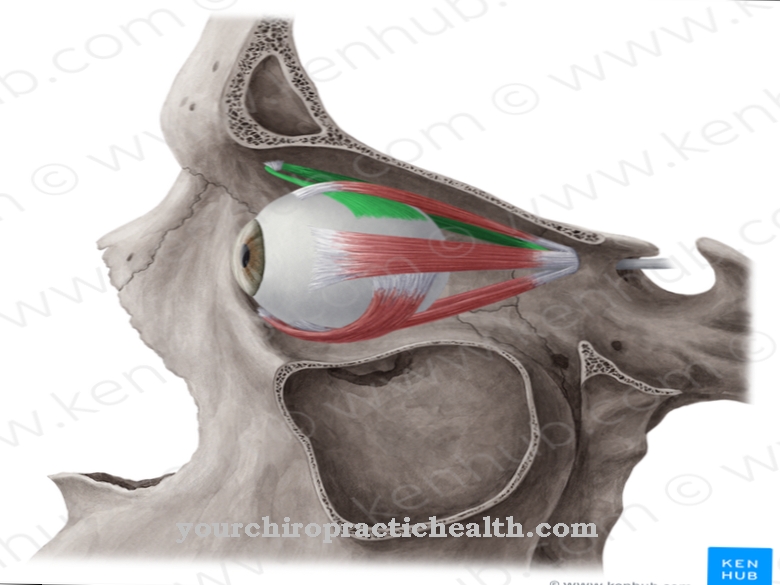
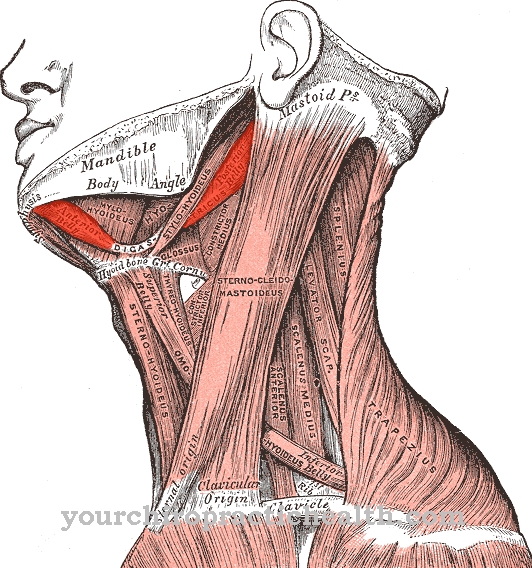
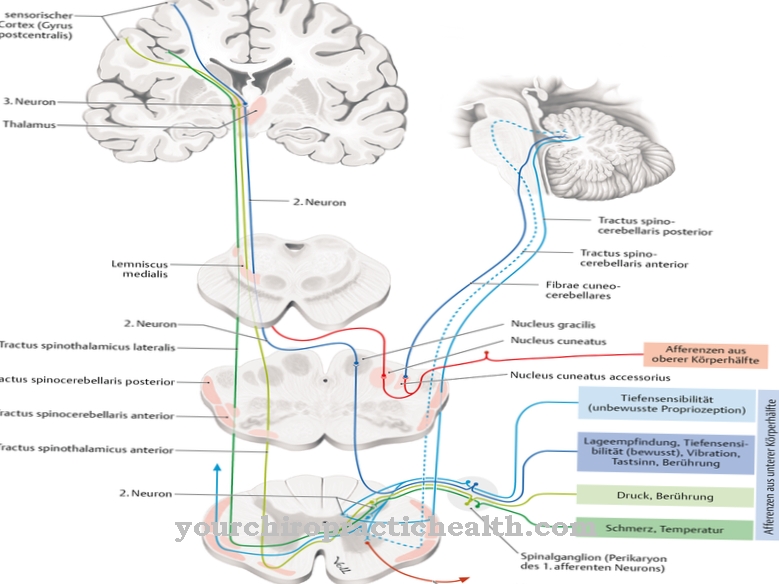
















.jpg)



